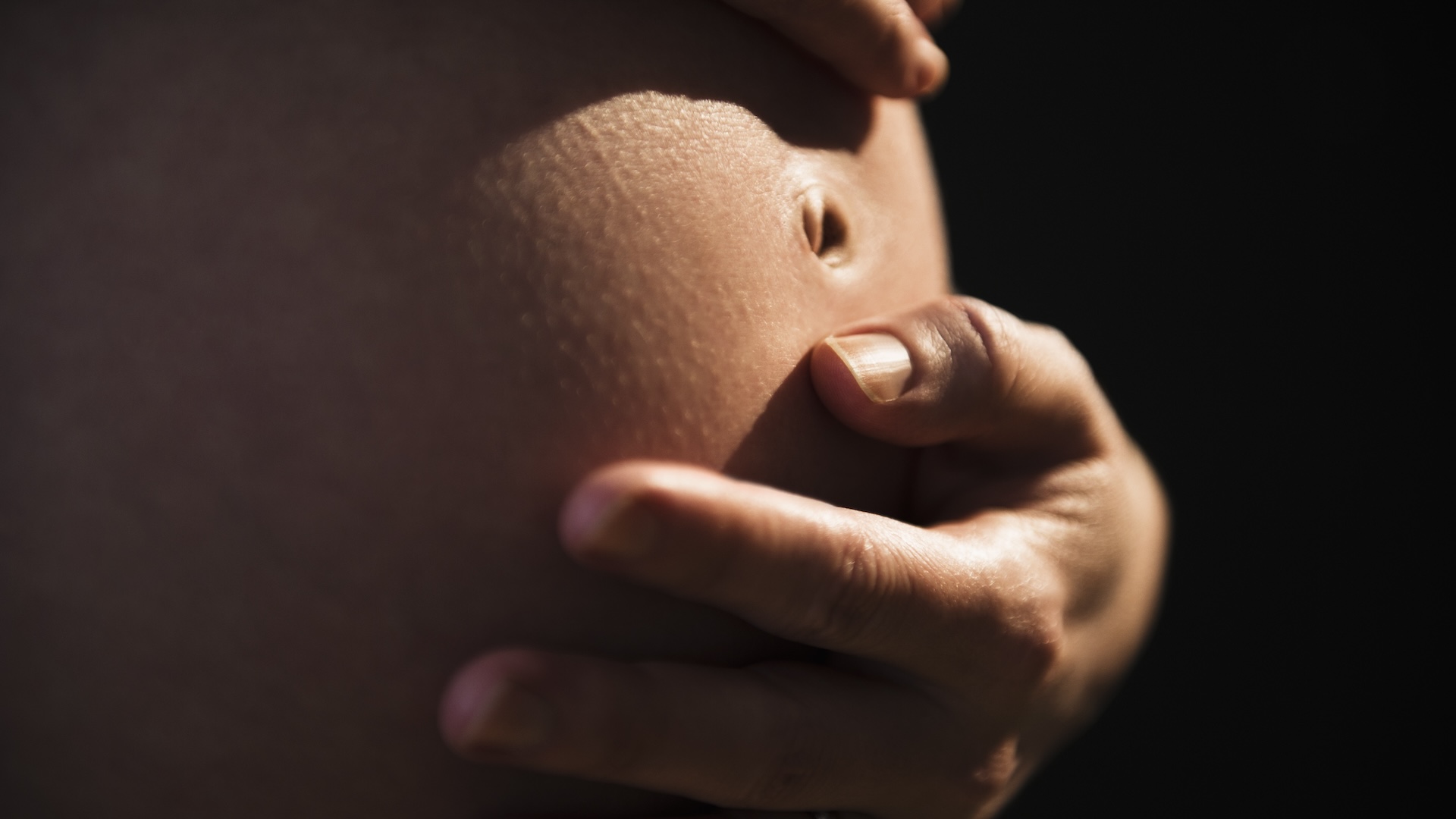When you purchase through link on our website , we may earn an affiliate commission . Here ’s how it work .
Twin girls who were stick out joined at the head teacher have been successfully separated after a month - tenacious aesculapian endeavor that demand more than 50 hours of major OR and a squad of 100 medical professionals , doctor announced this week .
The 2 - yr - old Twin , Safa and Marwa Ullah , were born with an extremely uncommon condition calledcraniopagus , which mean they shared a portion of their skull and brain tissue , according to Great Ormond Street Hospital ( GOSH ) in London , the adeptness where the detachment surgery was performed .

Twins Safa and Marwa Ullah were born with an extremely rare condition called craniopagus, which means they were connected at the head and shared a portion of their skull and brain tissue. Above, an image of the twins after their separation surgery.
Conjoined twinsare very rare to begin with , occurring at a charge per unit of about 1 in 2.5 million births worldwide , and of these , only about 5 % are craniopagus , the hospitalsaid in a program line .
The Twin were brought from their home in Pakistan to GOSH when they were 19 months old . They required three major operations that took place from October 2018 to February 2019 , the instruction aver . The girl ' recovery shoot time , and they were in the end well enough to leave the hospital on July 1,according to The New York Times .
Surgeries to dissever craniopagus twins are complex and ambitious , and they need to be break down into a serial of small step , the infirmary say .

Twins Safa and Marwa Ullah were born with an extremely rare condition called craniopagus, which means they were connected at the head and shared a portion of their skull and brain tissue. Above, an image of the twins after their separation surgery.
For the first several procedures , doctors concenter on separating the twins ' brains andblood vessels , and then Dr. insert a piece of credit card to separate the two wit . Next , during another procedure , the skull must be separated and the tops of their heads reconstructed with the twins ' own bone and skin .
To help in planning the surgery , doctors created a replica of the twins ' anatomy withvirtual - realitytechnology , and they also used three-D - print credit card manakin of the twin ' brains , skulls and blood vessels to commit the operating theater .
" We are delighted we have been able to facilitate Safa and Marwa and their kinsperson . It has been a long and complex journey for them , and for the clinical team look after them , " Dr. Noor ul Owase Jeelani , former head of neurosurgery at GOSH , and Dr. David Dunaway , head of the Craniofacial Unit at GOSH , who together lead the fille ' surgical process , said in a instruction .

The hospital part two other sets of craniopagus Gemini , in 2006 and 2011 .
earlier published onLive scientific discipline .
















